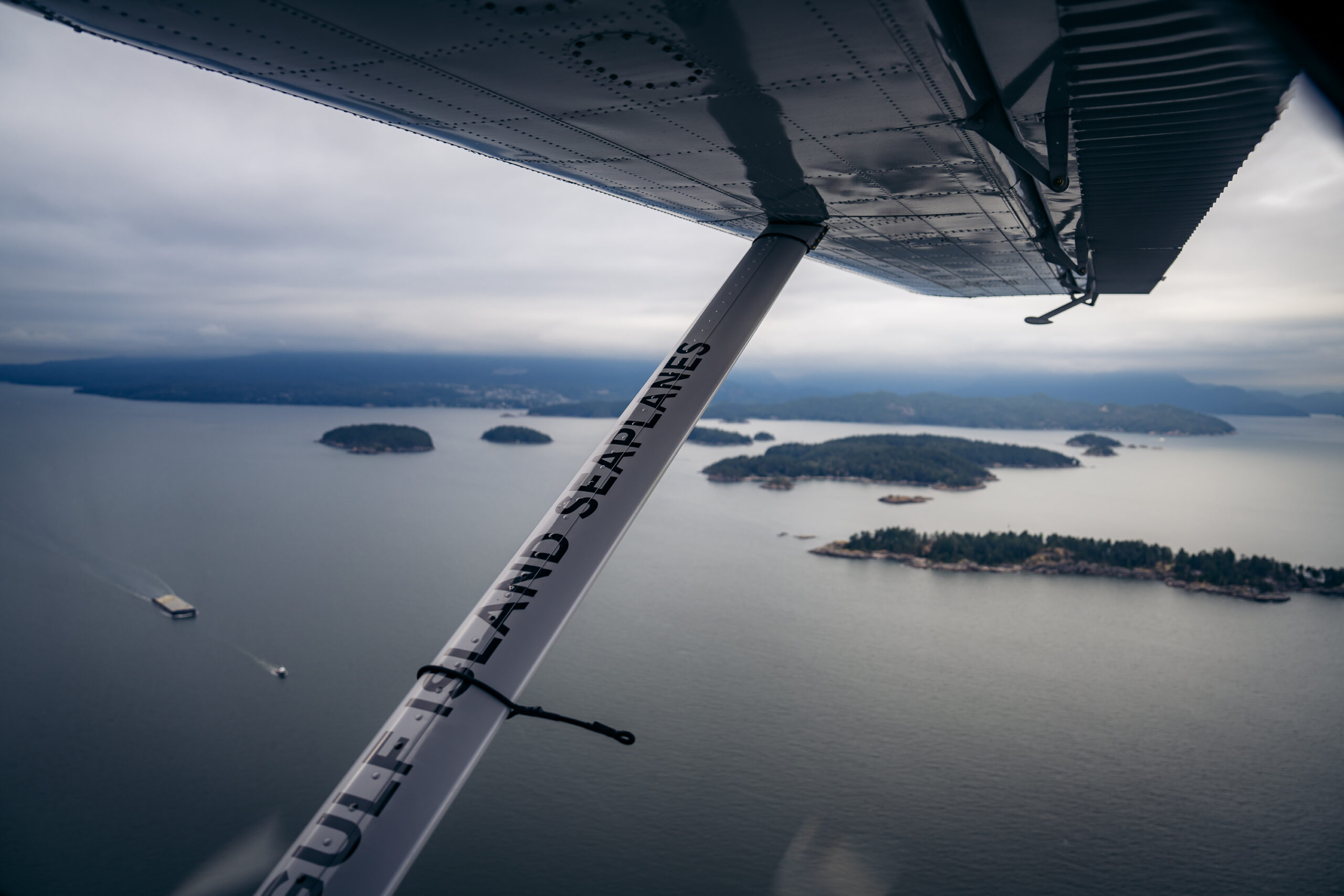Mastering the Exposure Triangle: A Simple Guide for Better Photos
If you’re just starting out in photography, you’ve probably heard of the “exposure triangle.” It sounds technical, but don’t worry—understanding this concept is one of the most important steps to taking better photos. Let’s break it down into simple terms.
What is the Exposure Triangle?
The exposure triangle is a way of understanding how three key camera settings—Aperture, Shutter Speed, and ISO—work together to control the exposure of your photos. Exposure simply refers to how bright or dark your photo is.
Aperture: Think of this as the “pupil” of your camera. Just like your eyes, it can widen or narrow to let in more or less light. A wider aperture (lower f-number like f/1.8) lets in more light, making your photo brighter and giving you a blurry background, which is great for portraits. A narrower aperture (higher f-number like f/11) lets in less light and keeps more of the scene in focus, which is ideal for landscapes.
Shutter Speed: This controls how long your camera’s “eye” stays open to let in light. A fast shutter speed (like 1/1000 of a second) freezes action, perfect for sports or wildlife. A slow shutter speed (like 1/10 of a second) lets in more light and can create motion blur, useful for capturing the flow of water in a stream or light trails at night.
ISO: This adjusts your camera’s sensitivity to light. A low ISO (like 100) keeps your photos crisp and clear in bright conditions, but in low light, you’ll need a higher ISO (like 1600) to make your photo brighter. Be careful, though—too high an ISO can make your photos look grainy.
How They Work Together
When you change one part of the triangle, you’ll need to adjust the others to maintain a balanced exposure. For example, if you want to shoot with a wide aperture to blur the background, you might need a faster shutter speed to avoid too much light making the photo too bright.
Quick Tips for Beginners
-
Start with Aperture Priority Mode: Most cameras have this setting (often labeled as “A” or “Av”). It lets you control the aperture while the camera adjusts the shutter speed and ISO automatically. It’s a great way to practice without being overwhelmed.
-
Keep an Eye on Your ISO: Try to keep your ISO as low as possible to avoid grainy photos. Only increase it when you really need to—like in dim lighting.
-
Experiment with Shutter Speed: Play around with shutter speed to see how it affects your photos. Try freezing fast-moving objects or creating artistic motion blurs.
-
Check Your Photos: After each shot, review your photo on the camera’s screen. If it’s too bright or too dark, adjust one of the triangle settings and try again.
Understanding the exposure triangle might take some practice, but once you get the hang of it, you’ll have more creative control over your photography. So grab your camera and start experimenting—better photos are just a click away!



